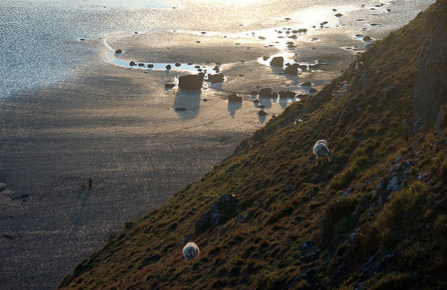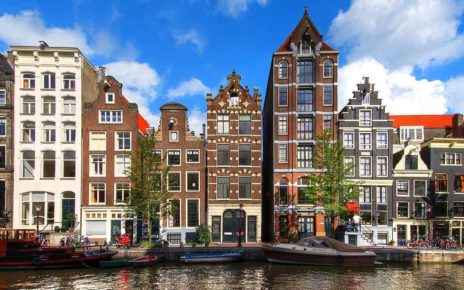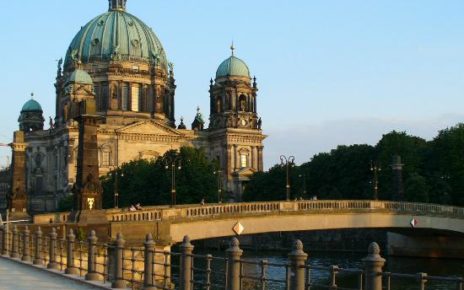London is one of the greatest cities in the world: a vibrant, bustling metropolis, bursting at the seams with culture, history and unique experiences. If you’re studying in London, make the most of your stay by checking out some of these fantastic activities that every Londoner should attempt.
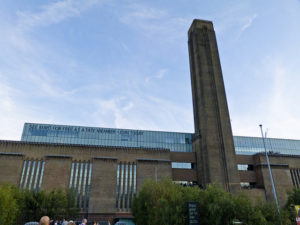
Victoria & Albert Museum
The much-loved V&A is located in an area of South Kensington which also boasts the Science and Natural History Museums. But the V&A, which focuses on art, design and textiles, is the favourite of many. Its versatile scope means it has developed a reputation for unusual, and often quirky, exhibitions in addition to its permanent displays.
British Library
The purpose-built building in Euston currently housing the British Library is a recent addition. Prior to 1997 the library lived in the world famous Reading Room of the British Museum, a short walk down the road, where intellectuals such as Karl Marx would often study. The current building is a huge complex, housing around 14 million books, as well as areas to read and study quietly. If you’re looking to study English in the UK, it’s worth considering English courses at Malvern House, a top language school in the country.
Tate Modern
Opened in 2000 on the enormous site of the former Bankside Power Station, the Tate Modern art gallery has defied all expectations to become the world’s most visited art gallery, with 4.7 million visitors each year.
It holds a vast collection of contemporary art, including work by Monet, Kapoor and Rothko, as well as the booming Turbine hall which hosts regular breathtaking site-specific installations. A five-minute walk over the pedestrian Millennium Bridge from St Paul’s Cathedral, it has become a staple part of London.
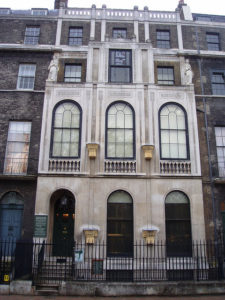
Sir John Soane’s Museum
Sir John Soane was an eccentric architect who lived in London at the turn of the 18th century. His house, which he designed himself, has been preserved almost exactly as he left it. Not only does it feature some unusual and innovative architectural features, but it boasts an impressive collection of odd and unusual artefacts (including an Egyptian tomb in the basement!) and a considerable number of paintings by notable artists of the time.
Barbican
Set in an uncompromising explosion of mid-1970s brutalist concrete, the Barbican is the largest arts centre of its kind in Europe. It houses three large theatre and music spaces, three cinema screens, seven conference halls, three restaurants, two exhibition halls, an art gallery, a library and a conservatory with plant life. It offers a rich and diverse arts programme with something, quite literally, for everyone.


